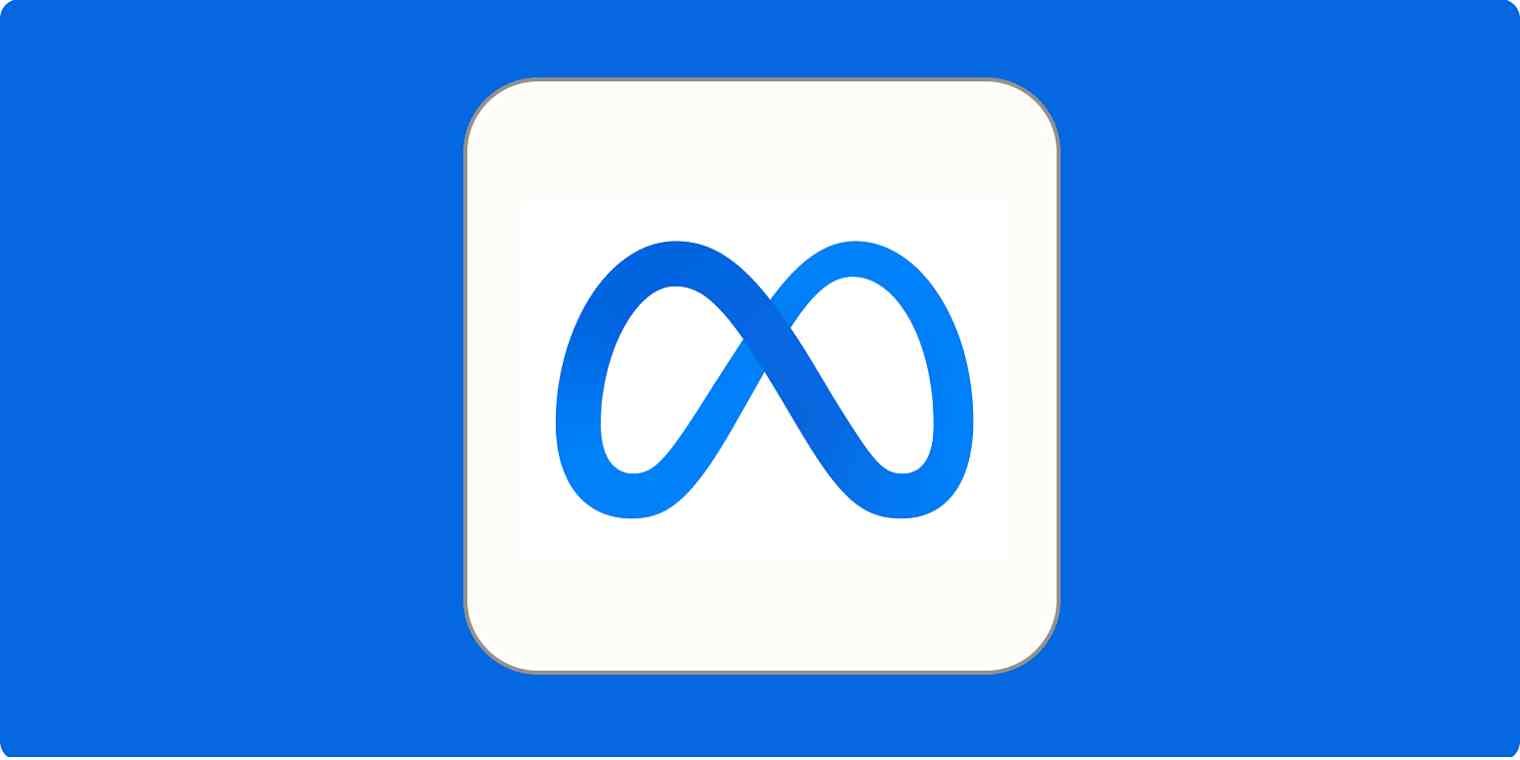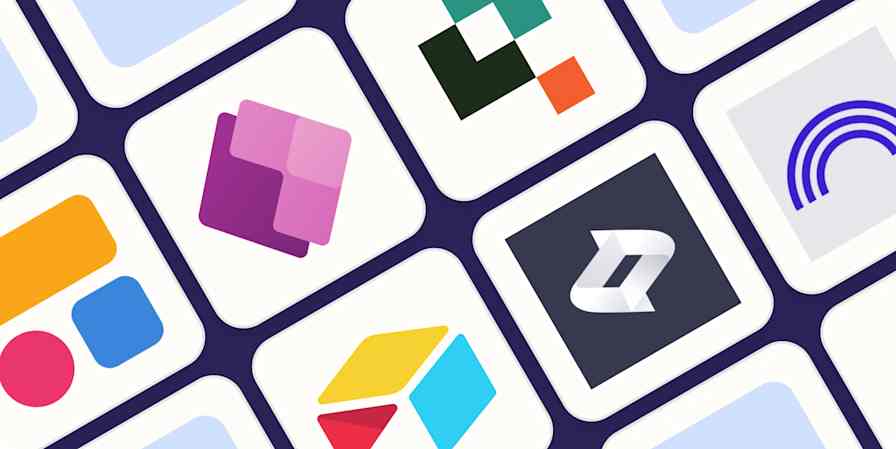App tips
8 min readMeta AI: What is Llama and why does it matter?
By Harry Guinness · October 3, 2024

Get productivity tips delivered straight to your inbox
We’ll email you 1-3 times per week—and never share your information.
Related articles
Improve your productivity automatically. Use Zapier to get your apps working together.







